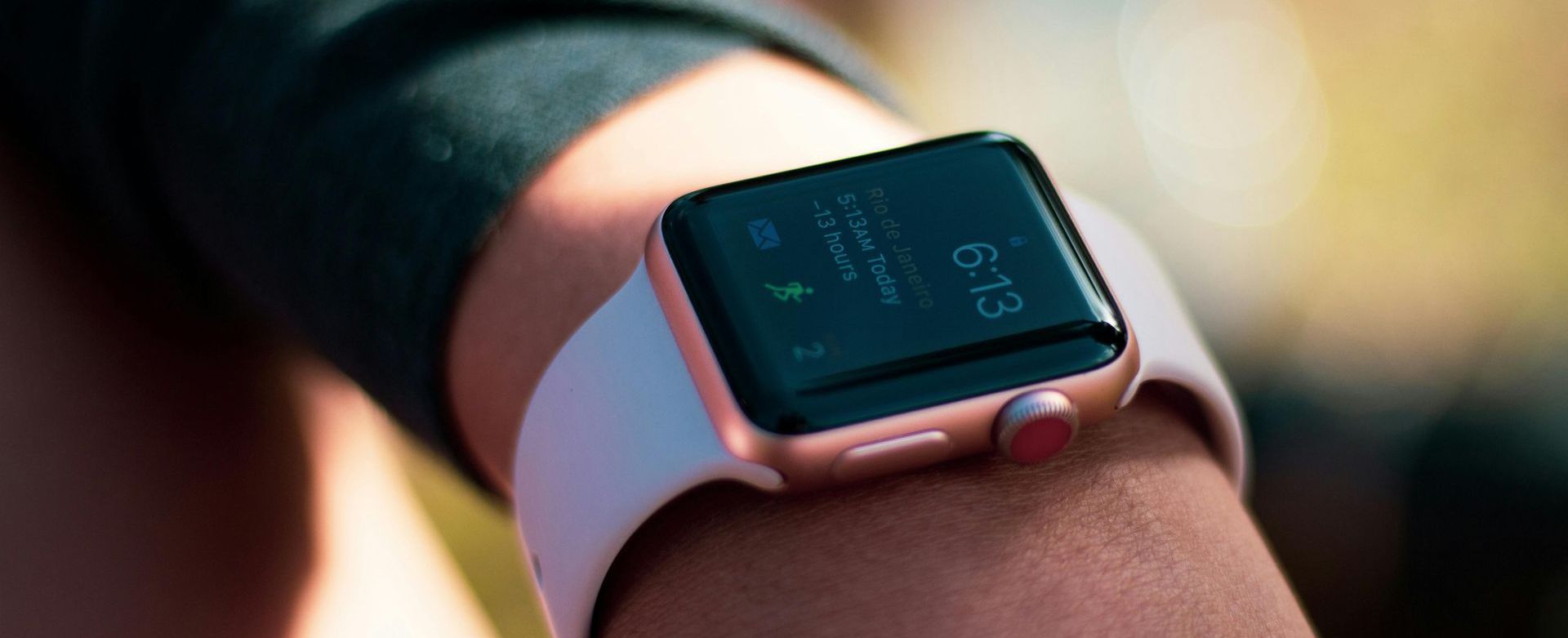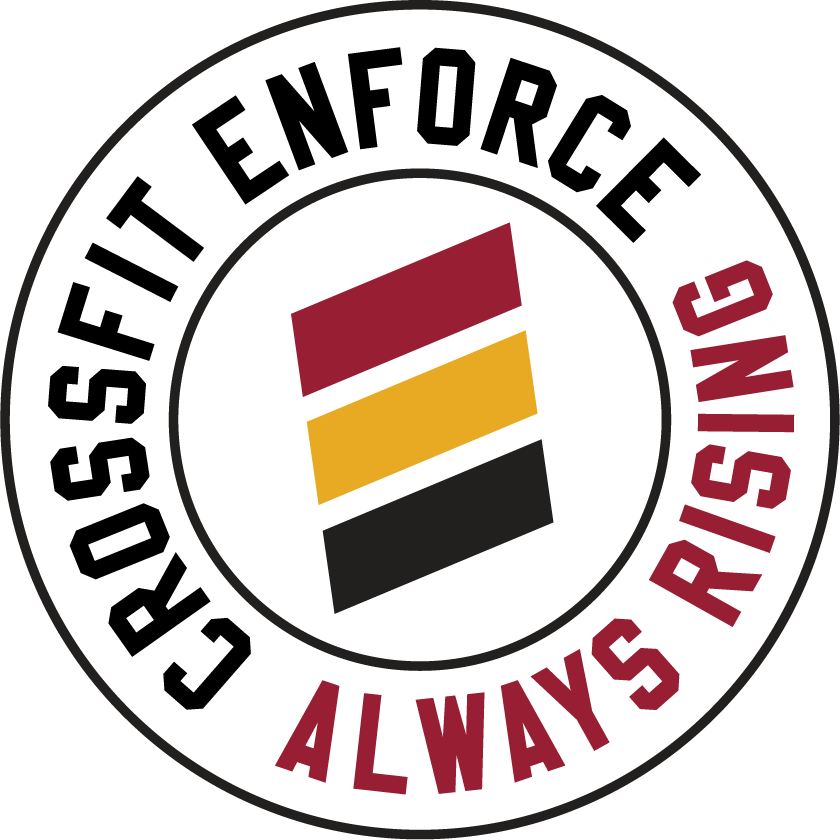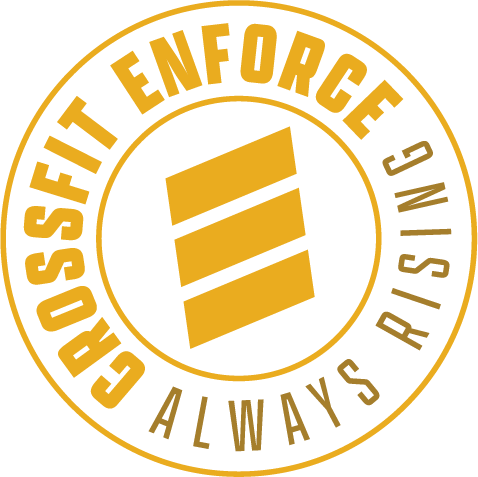Boost Your Vo2 MAX
How Functional Fitness Can Extend Your Health and Performance

We all know that CrossFit is more than just a workout—it’s a lifestyle. You push your limits, hit new PRs, and constantly challenge yourself in ways you didn’t think possible. But there’s something even more powerful behind all those WODs and AMRAPs—they’re not just building your muscles, they’re boosting your VO2 max. And that’s where the magic happens for both performance and long-term health.
What is VO2 Max?
VO2 max is the maximum amount of oxygen your body can use during intense exercise. Basically, it’s a measure of how efficiently your body can pump oxygen to your muscles when you’re going hard—whether you’re doing Fran or grinding through a Metcon.
The higher your VO2 max, the longer and harder you can push without burning out. Plus, increasing it isn’t just about performing better—higher levels are correlated with longer life span and health span. Studies show a higher VO2 max is linked to better heart health, lower risk of disease, and a longer lifespan. So, yeah, VO2 max matters a lot, whether you’re competing or just trying to stay fit for life.
How CrossFit Increases VO2 Max
If you’re already crushing it in the box, you’re probably improving your VO2 max without even realizing it. CrossFit is packed with the kinds of high-intensity, functional movements that get your heart pumping and muscles firing—perfect for boosting aerobic capacity. Here’s how it works:
- High-Intensity Training. Every time you go all out in a WOD, you’re tapping into aerobic training principles. Movements like sprints, kettlebell swings, and burpees create short bursts of intense effort followed by brief recovery periods. Cycling through high-intensity varied movements has been shown to improve VO2 max faster than steady-state cardio like jogging or biking. So, when you’re crushing a Metcon that leaves you gasping for air, you’re actually building cardiovascular endurance in the most effective way.
- Circuit Training and Functional Movements. Ever notice how movements like kettlebell swings, cleans, and wall balls spike your heart rate? CrossFit combines strength work with cardio in circuits, which is a goldmine for improving VO2 max. Exercises like box jumps, rowing, and thrusters involve large muscle groups and get your heart rate up fast. This combo of strength and endurance keeps your cardiovascular system working hard, building both muscle and aerobic efficiency. This dynamic mix promotes cardiovascular conditioning and leads to VO2 max improvements.
A study published in the Journal of Sport and Human Performance showed that CrossFit-style training significantly increased participants’ VO2 max. So, those brutal WODs? They’re doing a lot more than building muscle—they’re cranking up your cardiovascular fitness.
The Science Behind VO2 Max Improvement
There’s real physiology behind what’s happening in the box:
- Increased Stroke Volume: High-intensity workouts improve your heart’s ability to pump more blood per beat. More blood means more oxygen delivered to your muscles when you’re mid-WOD.
- Enhanced Muscle Oxygen Utilization: Over time, this makes your muscles better at using oxygen efficiently, improving overall endurance.
- Greater Mitochondrial Density: All that hard work increases the number of mitochondria in your cells—the powerhouses that produce energy. More mitochondria = more aerobic capacity.
Practical Ways to Boost Your VO2 Max in CrossFit
Here’s how to dial up your VO2 max without overthinking it:
- Crank Up the Intensity in WODs When Appropriate. Make sure you’re going hard during your high-intensity intervals. Whether it’s AMRAPs, EMOMs, or Tabata-style workouts, pushing yourself will pay off. These bursts of exercises are prime for building VO2 max. Be smart though and be aware of over-training.
- Long Metcons. While running alone is great, those longer WODs sprinkled in during the week help push up VO2 max. Long WODs challenge your aerobic system in a different way, building a strong aerobic base and boosting endurance.
- Work on Strength with Short Rest. Lift heavy, but don’t rest too long between sets. Compound movements like cleans, thrusters, and deadlifts that tax your muscles while keeping your heart rate up. Short rest periods (think 1-4 minutes) keep the intensity up, which builds cardiovascular endurance.
- Don’t skip the hard days! If you see something programmed that you find uncomfortable or just plain disagreeable it’s likely something you need to do more often. Make doing hard things your friend by just showing up.
1.5 Mile Benchmark Run
The 1.5 mile run is a core fitness test for many physically demanding careers since studies have shown that it provides the best estimate of VO2 max without the need for expensive equipment. Think Firefighters & Law Enforcement, the Federal Bureau of Investigation, the U.S. Secret Service and the U.S. military (including the Navy SEALS).
VO2 max can be estimate by using the Cooper Formula:
- VO2 Max = (28,980/(seconds to complete 1.5 mi Run))+3.5
To see how your 1.5 mile time and VO2 max stack-up, see the charts on the Aerobic Capacity website:
Hinshaw X Sherwood.
Final Thoughts: Train for Performance and Longevity
CrossFit isn’t just about hitting new PRs or crushing your competition—it’s about building long-term, functional fitness. By boosting your VO2 max, you’re setting yourself up for better performance and a longer, healthier life. So next time you’re gassed after a brutal WOD, remember that you’re doing your heart, lungs, and muscles a huge favor.
At
CrossFit Enforce we take great care in creating well rounded programming that help members optimize their training. We include interval training with mixed cardio and strength movements so that you’ll not only see gains in your athletic performance but also in your overall health. And with the added bonus of VO2 max being linked to increased lifespan, it’s one of the best investments you can make in your fitness journey
Keep pushing hard, don’t cherry pick your WODs, and watch your VO2 max, and your overall fitness, soar! Whether you’re a competitive athlete or just aiming to stay strong for life, focusing on VO2 max will help you hit those goals.
References
Aerobic Capacity Website:
Hinshaw x sherwood 1.5-mile run training program.
Clausen, Johan SR, et al. "Midlife cardiorespiratory fitness and the long-term risk of mortality: 46 years of follow-up." Journal of the American College of Cardiology 72.9 (2018): 987-995.
Mayorga-Vega, Daniel, et al. "Criterion-related validity of the distance-and time-based walk/run field tests for estimating cardiorespiratory fitness: a systematic review and meta-analysis." PloS one 11.3 (2016): e0151671.
Barfield, J. P., and Aaron Anderson. "Effect of CrossFit™ on health-related physical fitness: A pilot study." Journal of Sport and Human Performance 2.1 (2014).
Pearson, Regis C., Alyssa A. Olenick, and Nathan T. Jenkins. "Metabolic response during high-intensity interval exercise and resting vascular and mitochondrial function in CrossFit participants." Kinesiology 55.2 (2023): 228-244.






